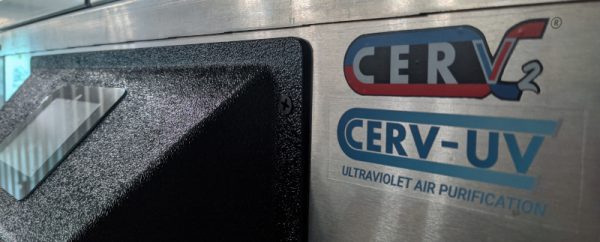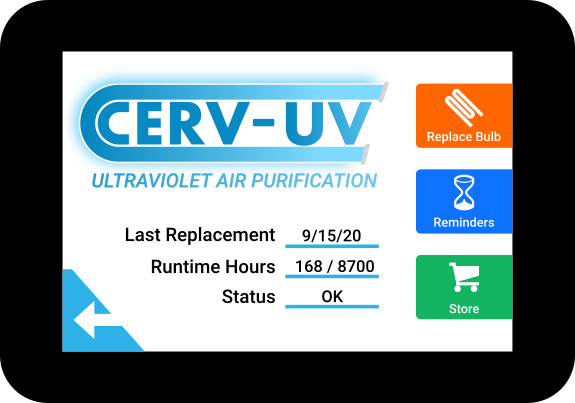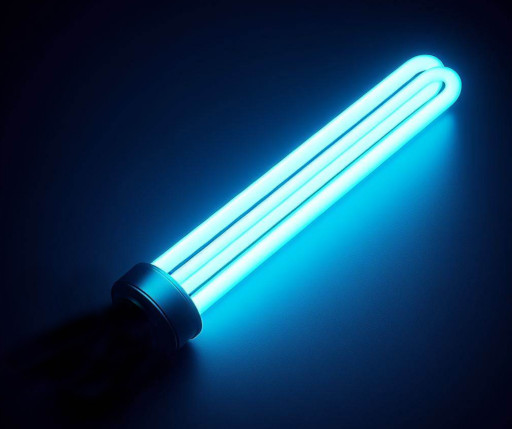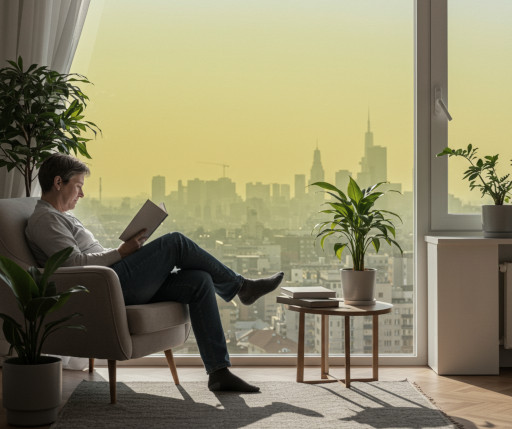The CERV-UV option uses an 18W UVGI light source that produces broadband 250-260nm UV-C without ozone production. This delivers over 5W of UVGI for a single pass kill efficiency of 85%. UVGI radiation disrupts genetic material in microorganisms, providing an additional layer of protection to the health of your home to efficiently destroy microbes in the air as it circulates through a CERV smart ventilation system. These microbes contribute to allergies, poor IAQ, and airborne disease transmission, but also can impede system efficiency and clog condensate lines. Our Covid-19 guidelines describes how UVGI, in combination with CERV2 smart ventilation air flow and MERV13 filtration significantly reduces the probability of airborne disease transmission. Other ERV/HRV manufacturers are unlikely to be able to follow our lead because most use plastic heat exchangers that are unable to withstand direct UV irradiation.


An ASHRAE UVGI webinar by Professor William Bahnfleth (Penn St University) is an excellent presentation on UVGI air sanitation. Two foundational references for UVGI in ventilation systems are Professor Bahnfleth’s paper [1] presenting the compounding benefits of fresh air ventilation, filtration and UVGI to reduce disease transmission, and Professor Shelly Miller’s (University of Colorado) research paper [2] describing air heat exchanger sanitation benefits of UVGI.
Build Equinox’s all-aluminum duct and heat exchanger design in our second generation CERV2 creates a highly reflective irradiation chamber for killing microbes. As discussed by Professor Bahnfleth, a level of 0.02WUV per cfm of airflow results in 85%, single-pass kill efficiency. At 200cfm of CERV2 air flow and 30% conversion of 18W electrical power to UVGI output, CERV-UV delivers up to 5.4WUV for more than 0.02WUV per cfm of airflow. Our UV lights use low sodium glass that blocks ozone generation (see Professor Bahnfleth’s webinar for an excellent discussion on this topic).
The CERV2 integrated kit contains an access panel mounting bracket for installation in a CERV2 system. This can be factory installed with the purchase of a new CERV2 or bought as an aftermarket kit for existing CERV2 customers. The CERV2’s controller logs UV bulb operation time, providing home occupants with automatic notification to replace the UV light source. UV lights have an operational lifetime of 8000 hours (one year of continuous operation).
[1] J Firrantello, W Bahnfleth “Simulation and Monetization of Collateral Airborne Infection Risk Improvements from Ultraviolet Germicidal Irradiation for Coil Maintenance”, ASHRAE Science and Technology for the Built Environment (2018) 24, 135–148
[2] J Luongo, J Brownstein, and SL Miller, “Ultraviolet Germicidal Coil Cleaning: Impact on Heat Transfer Effectiveness and Pressure Drop”, Building and Environment(2107), 112, pp159-165
Related Articles
newspaperArticle - Indoor Filters are Alive!

























